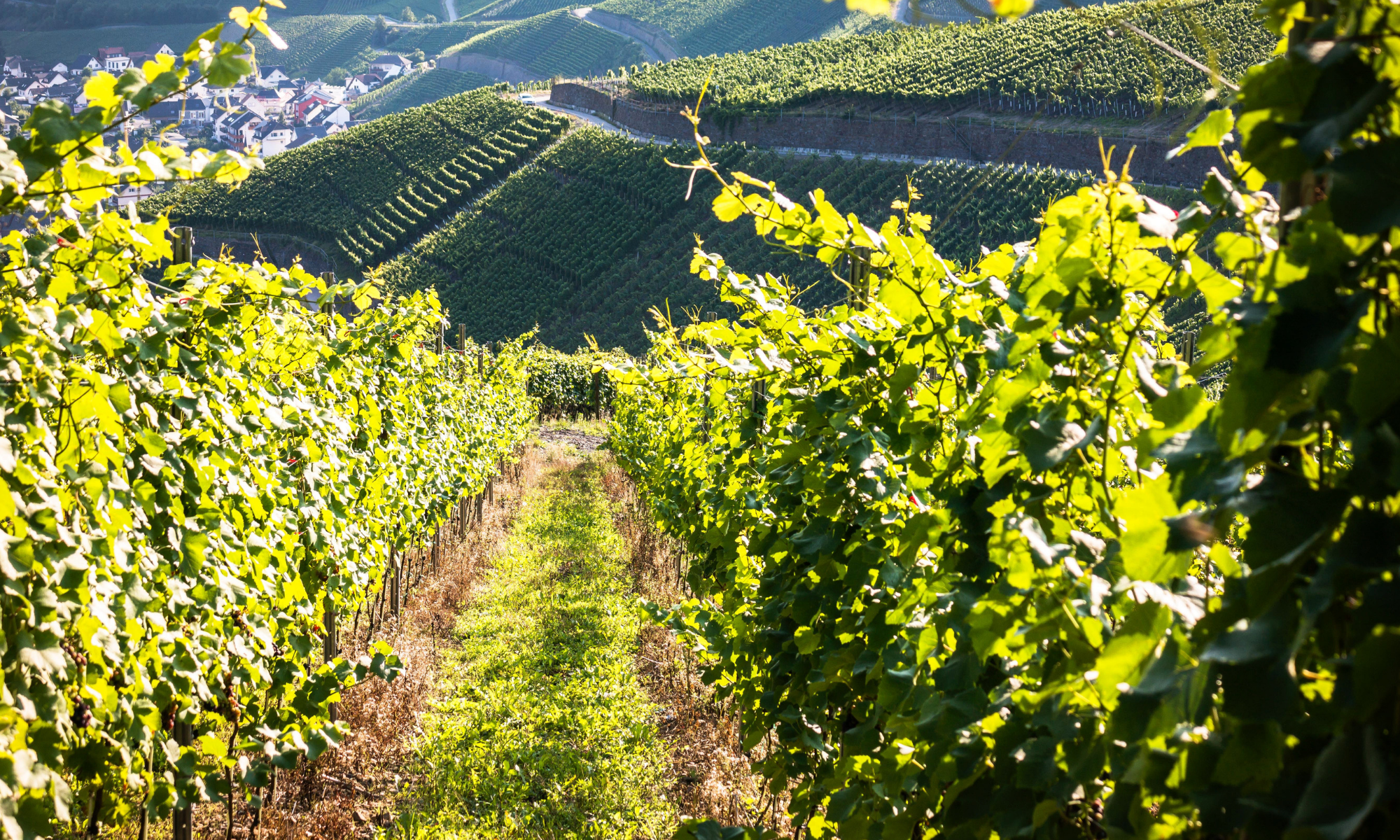 Biodiversity: Explore the Diversity of Life on Earth (Build It Yourself series)
Biodiversity: Explore the Diversity of Life on Earth (Build It Yourself series)
by Laura Perdew; illus by Tom Casteel
128 pages; ages 9-12
Nomad Press, 2019
We share our planet with millions of other species – from bacteria to plants to fungi and animals. This tremendous variety of life on Earth is called “biodiversity”, a shortened way of saying “biological diversity.” In six chapters, author Laura Perdew introduces biodiversity, why it’s important, threats to biodiversity, and how we can protect it.
In discussing climate change, Perdew discusses human activities that contribute to a warming planet, such as burning fossil fuels and deforestation. The warming planet is melting polar ice, causing sea levels to rise and flood coastal habitats. The increased carbon dioxide in the atmosphere reacts with ocean water to create acidic ocean water which, in turn threatens coral reefs and clams. Perdew also delves into pollution, habitat loss, invasive species, and over-exploitation of resources. Fortunately, there are things people can do, from implementing conservation policies to developing new energy technologies to taking personal actions.

In addition to informative text and photos, each chapter contains a comic strip, text-boxes of “words to know”, quick facts, sidebars, and primary source links with QR codes (urls listed at the back). There are more than twenty hands-on STEM activities, from field trips to making things. Want to make bio-gas? You’ll need some help from microbes, but all you need are a plastic bottle, an uninflated balloon, and some dead leaves. There are directions for making a water filter and even instructions for making your own smartphone-microscope.

It’s STEM Friday! (STEM is Science, Technology, Engineering, and Mathematics)
Copyright © 2019 Sue Heavenrich All Rights Reserved.






 Biodiversity: Explore the Diversity of Life on Earth (Build It Yourself series)
Biodiversity: Explore the Diversity of Life on Earth (Build It Yourself series)





 by Ann Marie Stephens; illus. by Jia Liu
by Ann Marie Stephens; illus. by Jia Liu



 Evelyn The Adventurous Entomologist: The True Story Of A World-Traveling Bug Hunter
Evelyn The Adventurous Entomologist: The True Story Of A World-Traveling Bug Hunter